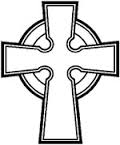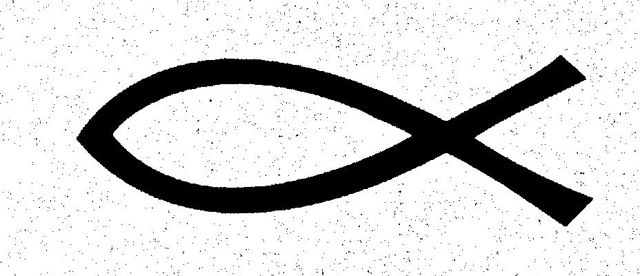
|
|
The ruins of the Kirkton Church were officially described in 1959 as "dilapidated and overgrown" and nothing much has happened since then. The grass is cut occasionally, and some months ago the local community cleared away the worst of the rubbish. The gate is now sensibly left open, which saves visitors having to climb over the wall. It's a nice spot, and could be a great asset to the town. The best preserved part of the church is the eastern section, the chancel. It appears to have been taken over, perhaps in the 1800s, by the Aytoun family to serve as their private burial chamber. The western section is the nave, and a southern aisle has been added to it. Little of the aisle remains. The small structure to the south east of the aisle is described as a vaulted cell.
The latest thinking on the ruins at the Kirkton is that they are of a building which was erected in the first quarter of the 13th century. Some historians have speculated that they might be from a rebuilding in the 15th century, but certain architectural details make this later date unlikely. The simplicity of the chancel arch and the absence of a window in the east wall are architectural features which point to an early 13th century building. The ruins at the Kirkton are of unmistakable architectural and historic importance. They may not be as grand as those elsewhere, but that is part of their charm. They give us an excellent idea of what a simple parish church looked like around the early 13th century. Their neglect and continuing deterioration over the years can only be described as shameful.
|
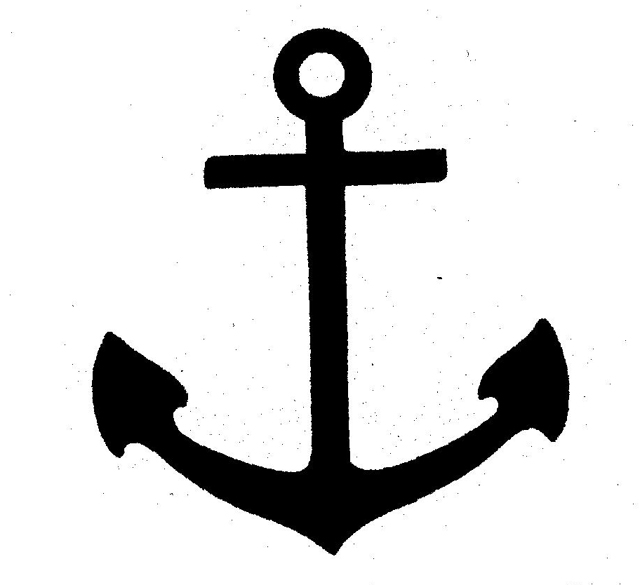
We have no idea when our Burntisland forebears became Christians, although we often assume that they were influenced by the great Celtic missionaries from Ireland. But it is quite likely that there were Christians in the area well before that. There is evidence that Roman soldiers and officials who were Christians were in Scotland in the 2nd century. And St Ninian (reputedly educated in Rome) and his followers, based in Whithorn, were active in missionary work from the late 4th century. Compelling evidence assembled by the Whithorn Trust indicates that St Ninian had links with Charlestown, Dunfermline, Kirkcaldy, St Monance and Pittenweem. Given his apparent enthusiasm for coastal routes and settlements, he is unlikely to have ignored Burntisland on his travels. The spread of Christianity in Scotland was, however, a piecemeal process, stemming from both Roman and Celtic sources. Even if St Ninian did have some success along the southern coast of Fife, there would be still be much to be done by his follower St Serf (?-583), who was based in Culross from about 520 and known as the Apostle of West Fife. These pioneers were followed by the great Celtic missionaries, St Columba (521-597) and St Adamnan (624-704). Columba is reputed to have spent some time on Inchcolme, while Adamnan favoured Inchkeith for study and contemplation. Adamnan was Abbot of Iona in a period following Columba, and his main claim to fame was his writing of Columba's biography. It is fitting that Serf, Columba and Adamnan are commemorated in the names of three of Burntisland's churches.
|
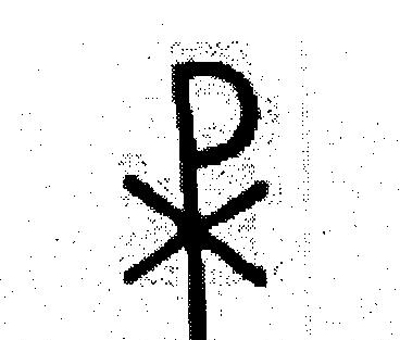
John Blyth gives us this description of how the Kirkton might have looked as folk gathered for the Sunday service in the 1500s: "Before the Reformation and the subsequent erection of the town into a Royal Burgh, the Kirkton and its Church filled an important part in the life of the community. Here, each Sabbath, the inhabitants gathered for public worship - seamen, fishermen, merchants, craftsmen and others, lairds and farm workers, all with their wives and families. Doubtless there was a sprinkling of strangers on many occasions, as, for example, during the period when the French troops of Mary of Lorraine occupied the town, or when some ship from England, France, the Low Countries or the Baltic chanced to lie in the local haven. In the churchyard, after service, would be gathered the usual pedlars and merchants, who were wont to use such occasions to supply the needs of landward folk who had little opportunity to purchase odds and ends of finery, etc. The Roman Church did not frown on this practice, which fitted with the necessities or convenience of olden days, but the Reformation brought an end to such scenes. Inevitably, too, there would be many beggars, deserving and otherwise. The present day Back Causeway or Kirkton Road was then a mere track intercepted at high tide by shallow water, which might have to be crossed by means of stepping stones. Many landward people presumably entered the Churchyard from the Dollar or Dolour Road, which still lies behind the Church."
|
Burntisland Port of Grace
To read further on the history of Burntisland,enjoy
'Burntisland Port of Grace', 'The Story of the Royal Burgh of Burntisland to the Union of Parliaments in 1707. By Iain Sommerville
Published by Burntisland Heritage Trust, ISBN- 0953935310
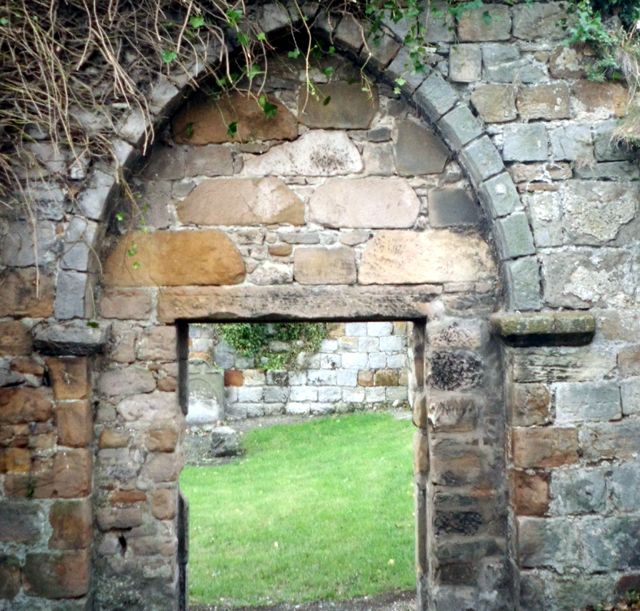
chancel arch
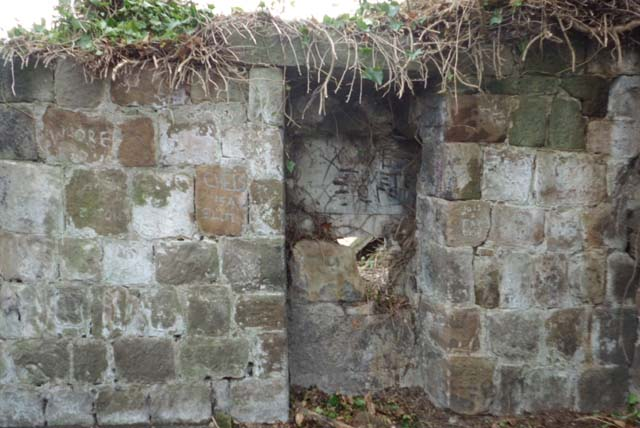
south door of chancel
